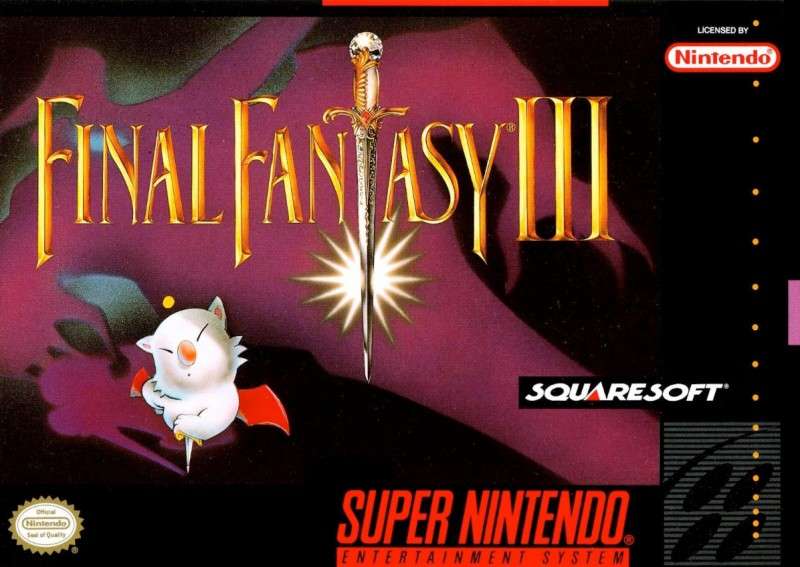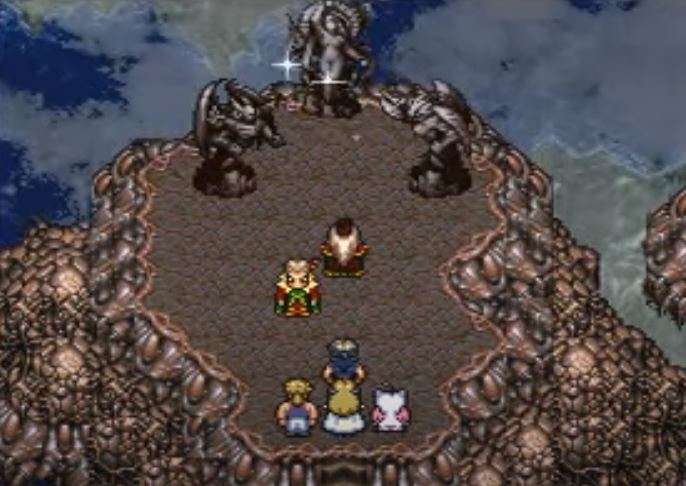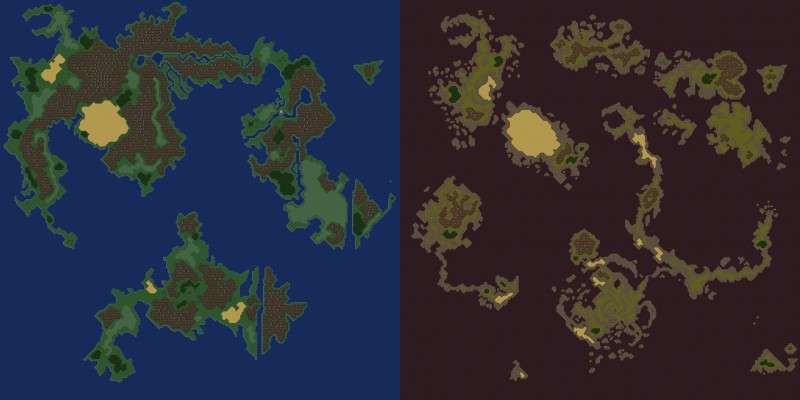Create a free profile to get unlimited access to exclusive videos, sweepstakes, and more!
The literal earth-shattering plot twist of Final Fantasy VI

As a roleplaying gamer, video games' ability to tell complicated and intricate adventure stories have always appealed to me far more than their visual aesthetics. While I fiercely admire the visual handiwork of a game like Skyrim or the recently released Final Fantasy VII Remake, I was equally as immersed in the pixelated adventures one would find on the original Nintendo Entertainment System and Super Nintendo.
While many have a different Zelda they claim for themselves, mine was always A Link to the Past. While I’ve lost hours to Fallout, Chrono Trigger was my original time drain. And as much as I love the visuals of later Final Fantasy games, mine will always be the one released in the USA in 1994 as Final Fantasy III, later restored to its original place in the FF lineup as VI.
I have never loved a video game as much as I loved FFVI. Decades later, I still remember having to play my way through the opera house. It's still a gut-punch when Cyan finds his family on the Phantom Train after the genocidal poisoning of his kingdom. I can still instantly recognize the menacing midi theme song of surprising big bad Kefka. But more than anything else, I will never, ever forget the feeling of arriving at a climactic battle on a floating island, preparing to save the world from a magical apocalypse. And failing.
16-bit or not, there has never been a moment in a video game that has thrown me through more of a loop, made me drop my controller in slack-jawed disbelief, and completely question everything I thought I knew about storytelling than the incredible act-two move of FFVI. Our player characters have arrived preparing to stop the evil Emperor Gestahl from unleashing the chaotic magic of a trio of goddess statues upon the world.
Yet just when players might think they’re about the save the day, Kefka moves from comic relief henchman into the game’s primary antagonist, killing Gestahl and seizing the goddesses’ power for himself. Just we players might have thought the end of the game was at hand, a huge cataclysm throws the world into devastating ruin. After escaping the collapsing floating landmass where this confrontation happened, the heroes’ airship is destroyed and the group is scattered.
The game then cuts to a year later. It opens on Celes, a character that your party picks up during the first half of the game, living with only one other person, NPC scientist Cid, on an isolated island. She desperately tries to nurse an ailing Cid back to life before eventually leaving the island. At this point, the players must explore a post-apocalyptic version of the world map they had come to know, and slowly track down all of the other characters in an effort to defeat Kefka and save their dying world from him before all is truly lost.
This sudden and unexpected shift in the narrative was mind-blowing for a 13-year-old player like myself. It completely altered my understanding of the heroes' journey in storytelling. I’d seen films like Empire Strikes Back where the good guys lose, but in a “darkest before the dawn, time to regroup” sort of way. FFVI took it a step further. The result of Kefka’s move was a full-on apocalypse. The only path forward for players is to prevent the already dying world from going completely under. There’s no saving the world that was; it is gone, broken. Cities are destroyed, people are dead, and now your characters must reckon with how they can continue to fight on and be heroes in that aftermath. Even Avengers: Infinity War had the promise of Endgame to come set things right. With FFVI this was just the world now.
That was some heavy stuff. To this day it remains my consistent mental idea of just how mature a game can truly be. Not in terms of language or nudity, or even gratuitous violence considering how much of the visuals of the game were cartoonish pixelations. Mature in the very weight of the story, the darkness that it makes you walk through. The nature of the Final Fantasy games as roleplaying games made this that much more intense. It’s not simply a story where you watch this unfold for the heroes. As the player, it’s a journey that you undertake. You have to go through it. You have to try to maintain, to get stronger, to withstand the impact of arriving in towns you previously visited only to walk amongst the burned-out husks of once familiar buildings. And depending on how you played the first half of the game the second half could have had an intense learning curve. If someone hadn’t used Celes much in their party, for example, they were in for a rude awakening when suddenly she was your only character and would need some intense level grinding in order to survive.
Yet somehow despite such destructive chaos, I don’t remember FFVI as being a depressing or sad game. I only remember it as being a game that I was enthralled with, excited about. There was something magical about its goal of finding hope, of providing hope, in a world that seemed to have run out of it. All my life I’ve followed hero stories that are about saving the day, and I’ve seen my share of dark nights of the soul or tragedies where the heroes lose. But FFVI remains for me as the first, and most impactful, example of a time when the heroes fail, but continue to show up anyway — and that being what matters most.





























